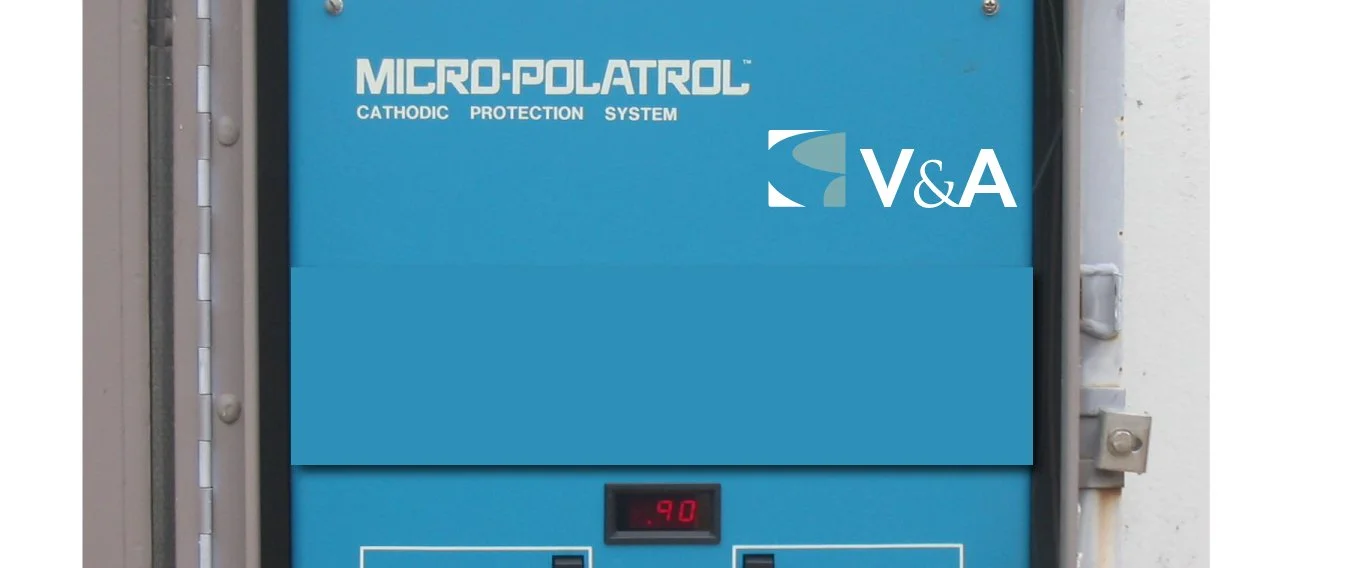Why am I seeing an increase in my energy use at wastewater pump stations? Pump stations are often designed using a Hazen Williams C Factor of 120 for new force mains. Over time debris and a slime layer builds up on the interior surfaces of wastewater force mains resulting in a reduction of the C Factor. As the C factor decreases the power required to pump the wastewater increases.
What is Cathodic Protection (CP) and how does it protect infrastructure?
Cathodic protection is a method of corrosion control that uses an external anode as a current source to impress direct current through the soil onto a metallic structure or pipeline. CP mitigates the flow of corrosion currents that occur when a pipeline is installed in corrosive soil. The pipeline is made more electronegative with respect to the soil, and the pipeline becomes the cathode in the corrosion cell. The current flows along the pipeline to the drain wire to complete the circuit.



